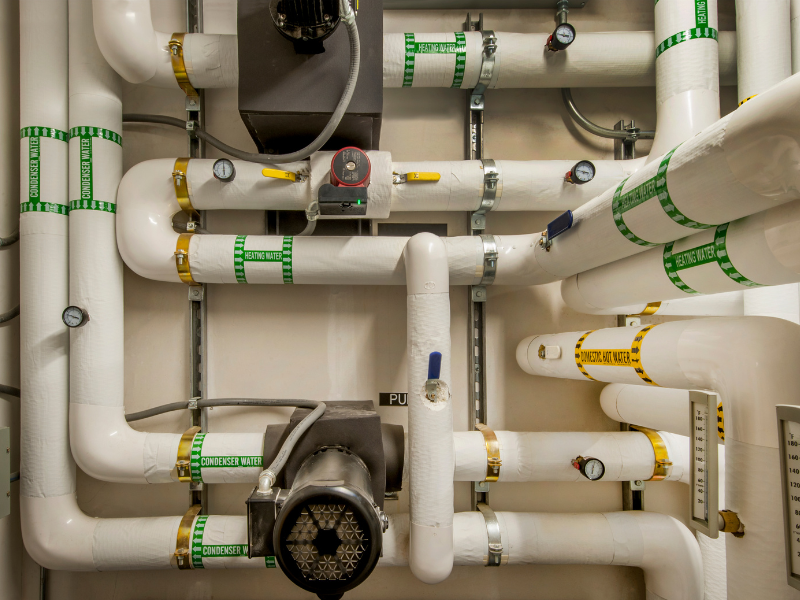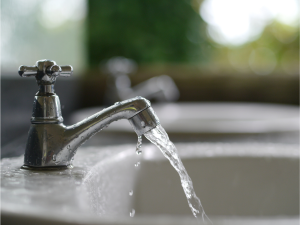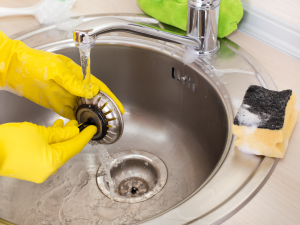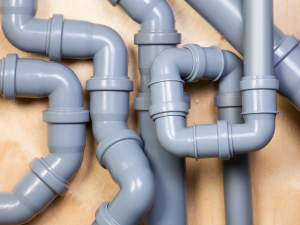The plumbing in many commercial buildings doesn’t often come up in daily conversation, if it ever does. From the customer’s point of view, much of the plumbing in a restaurant or other stores are quite similar to their own homes’, with the addition of a few more sinks and toilets.
Even some business owners might not be aware of what’s needed to effectively and efficiently run their stores and believe that both their home’s and business’ plumbing is much the same. But, surprisingly, there’s a lot more to commercial plumbing than many know.
While many of the parts are similar, a lot of the plumbing found in commercial areas and buildings needs to be much sturdier to support frequent use. Additionally, many of these buildings have more than one bathroom and some have more than one sink and toilet to better support the higher number of potential customers.
The more popular a business is and the more customers they have, the higher chance it is that the plumbing for commercial buildings is different than a house’s. This article covers the basics of what commercial plumbing systems are and the differences between residential and commercial plumbing.
This guide helps provide some basic information for both business owners and those willing to study plumbing, along with the education needed.
If you need help with repairing your commercial building’s plumbing systems or if you just want to learn more about it, call or visit Clover Contracting.
Commercial plumbing systems explained by the pros
Though it’s less known to many people, plumbing used in commercial buildings and areas are actually far more different than expected.
Commercial plumbing and the parts that make up the entire system are more complex than the plumbing you might find in a house. This often means that any renters or commercial building owners should call a specialist or a plumber if they find that their plumbing needs repairs or maintenance.
During the majority of the year, people spend their time in offices or in schools, working and studying until they finally get the chance to go home. This means, though, that the commercial buildings and their plumbing see much more use than a house’s.
While you’re less likely to shower at work or school, the buildings often have multiple bathrooms and sinks, so much more water is used and more waste water is sent down the drain.
Buildings that need a commercial building plumbing system
To many people, commercial buildings are exactly what they sound like; buildings that are used by business owners to make, buy, and sell goods or services. For the most part, that’s all true, but there’s a lot more to it.
Commercial plumbing systems are frequently larger in scale and depth, and are often used in larger buildings. However, smaller businesses that require a much higher water usage also use the same complex plumbing systems that a bigger one would.
Restaurants and food-based businesses
When it comes to restaurants, you might find that a lot of water is needed. While most of it is used for cooking and cleaning, bathrooms are also quite a big deal. If a part in the plumbing system breaks down or even if a clog forms in the sinks, most of the restaurant’s business is forced to a halt.
Sinks and toilets in a restaurant’s bathrooms can easily be put out of order until they’re fixed, but if the kitchen’s sinks don’t drain or get water, many dishes have to be taken off the menu. This is why many restaurants have more complex and sturdier plumbing systems.
Offices and similar work environments
Though many problems aren’t as big of an issue in offices than they are in restaurants, a single clog or break in the plumbing can make a negative impact on productivity and the general workflow of the office.
While office buildings have multiple bathrooms with multiple sinks and toilets, each of them still connects to a single set of drain pipes and sewage system. Any leak or clog can either affect one toilet or sink, one bathroom, or even an entire floor’s plumbing.
So, the complexity and fine details of office building plumbing makes sure that productivity can stay as high as possible, even if some plumbing issues do occasionally pop up.
Residential vs. commercial plumbing systems
One major difference between residential plumbing and commercial plumbing is how complex the building itself is. Typically, residential buildings like houses and duplexes aren’t all that complicated. At most, a single house can have four bathrooms and a powder room, each with their own toilets and sinks.
However in total, you only have four toilet and four sink connections in addition to two or three bathtub or shower drains. Comparing that number to how some smaller office buildings already have double the amount of drain connections reveals that commercial plumbing systems and the buildings they’re attached to are far
Commercial plumbing systems also have quite a lot more risk involved than the plumbing does in a home. Often, more complex commercial plumbing systems have a much higher risk of a simple problem affecting more than one floor.
Some large buildings, like condominiums and multi-floored offices often have plumbing systems that run the entire building, and if a leak forms or a part breaks on a higher floor, the floors below them can be just as badly affected.
What it takes to be a commercial plumber
Though higher education isn’t as necessary for commercial plumbing jobs, it is highly recommended to take an apprenticeship in plumbing and to find a specialization in commercial building plumbing systems.
As we mentioned, there is a very high risk when it comes to commercial buildings and if one section of the plumbing isn’t properly installed or fixed, a restaurant will lose needed money or a number of floors in a condo might face property damage and health risks.
If you’re interested in becoming a commercial plumber, it can take roughly three years to reach the appropriate levels and specializations needed, but can also be achieved much faster.




